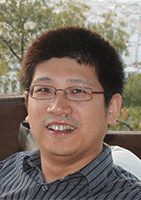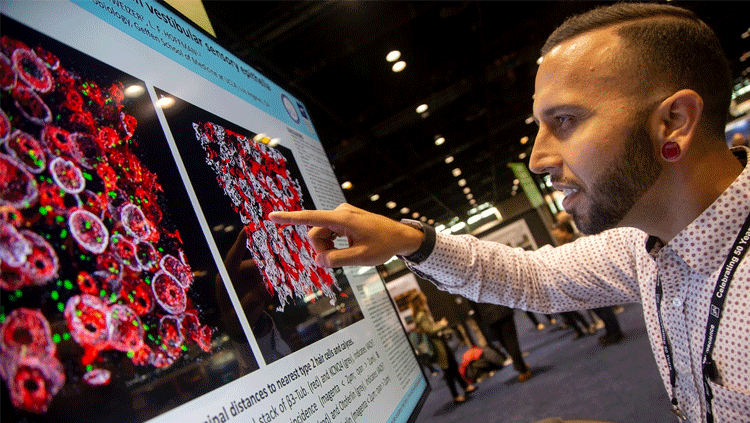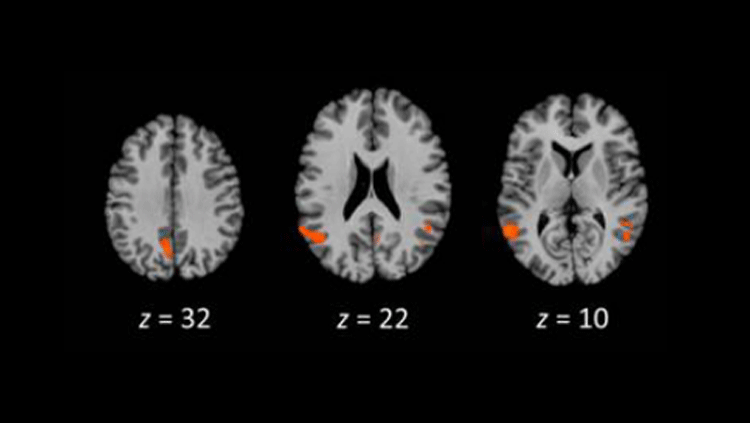Inside Neuroscience: Organoids Current Functionality and Future Potential
Using human induced pluripotent stem cells — somatic cells from the body that have been reprogrammed into certain functional cell types — to study the brain can be particularly challenging. Previous cell structures created from stem cells were two-dimensional and could not accurately replicate the complex networks of the human brain.
However, recent technological advances have allowed for three-dimensional cell structures known as brain organoids. These “brains in a dish” offer promising new research opportunities, since they imitate the structure and development of a human brain better than existing animal models.

Hongjun Song, Perelman Professor of Neuroscience at the University of Pennsylvania Perelman School of Medicine
In the Neuroscience 2019 press conference “Brain in a Dish: The Viability of Organoids,” scientists presented new and cutting-edge research showing the potential and limitations in the field of organoids. According to moderator Hongjun Song, Perelman Professor of Neuroscience at the University of Pennsylvania Perelman School of Medicine, the primary questions for the research at this stage are, “Where are we [with] the current technology? What are the limitations of the current technology? And what can we apply the current technology for?”
Organoids Under Stress: Environmental Impacts on Development
Researchers at the University of California, San Francisco explored the differences of organoids and their viability as a model to reproduce brain development and disease. They collected single cells from a human cortex, labeled and sequenced the genes from the cells (analyzing 400,000 cells in total), and then compared them to the sequences of individual cells of brain organoids created from stem cells. Researchers found that organoids comparatively lacked genetic specificity — they were “confused” about their genetic identity, in other words — and had poor cell type diversity.
The research also showed that organoids are under considerable metabolic stress. Researchers took normal cell tissue and grafted them into organoids; within a few weeks, the cells also exhibited stress. The opposite was true when organoid cells were grafted into a rodent brain — the cells showed decreased stress, which also led to decreased cell type abnormalities.

Arnold Kriegstein, John Bowes Distinguished Professor in stem cell and tissue biology at the University of California, San Francisco
Thus, the challenge is that cell identity and maturation are absolutely needed in the organoid if scientists are going to effectively use organoids to study neurological diseases, which are usually cell-type specific. “Parkinson’s disease, Alzheimer’s disease affect specific cell types, and the same is true in developing diseases like autism, for example. Not all neurons are affected, but there are certain ones that are highly vulnerable,” said presenter Arnold Kriegstein, John Bowes Distinguished Professor in stem cell and tissue biology. Future research will explore reducing the stress that manifests in the organoid environment, thus improving the techniques and methods to develop them.
How “Autism in a Dish” Can Effectively Study the Disorder
One major hypothesis about the underlying cause of autism is that there is a change in neuronal network activity. In patients with the disorder, it is theorized, neuronal excitation and inhibition are imbalanced, which can lead to differences in processing sensory information. Researchers at the Hussman Institute for Autism studied whether stem cells had the potential to better capture the genetic diversity needed to study autism, thus providing new research opportunities not available with current animal models.

Michael Nestor, director of neural stem cell research at Hussman Institute for Autism
Working with samples from six autistic patients and four control patients, the researchers created simplistic organoids. When tested for inhibitory neurons and neuronal firing, the organoids’ behavior supported the theory of neuronal imbalance in the autistic patients. Scientists were also able to use the samples to grow brain organoid structures to reflect early cortical development in the human brain. The resulting structures were deemed a model of “autism in a dish.”
Presenter Michael Nestor, director of neural stem cell research, addressed the variability of organoid behavior as a limitation. “As we increase the individuals in both the control and the autism cohorts, we expect to see more and more variability,” he explained, “but the hope is that we can group these individuals together, both on their physiological readouts and their genetic backgrounds to begin to group and stratify our clinical patients.”
Looking Ahead
There is immense potential for organoids to aid in the study of human brain development and disease. But such potential is tempered by the need to develop the technology further and address the challenges of constructing such complex organoids. In the meantime, non-human models will remain essential for some research, as they have proven in previous studies.
“The animal model is still critical at this stage — for example, the limitations we have so far with brain organoids, we don’t really have a complete brain circuitry yet. So clearly these are complementary models. We’re going to work on both models for a long, long period of time,” explained Song.
Thus, a true “brain in a dish” does not yet exist, and time and further research is essential. But the impacts of organoids on research are already notable and will only increase as the science improves.



















